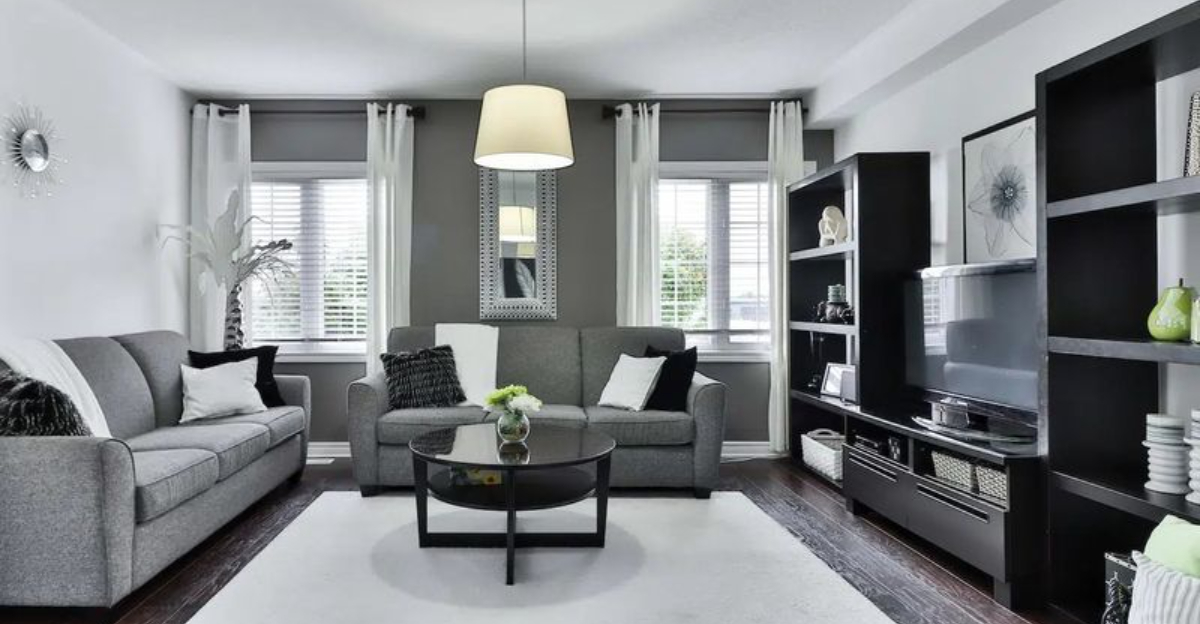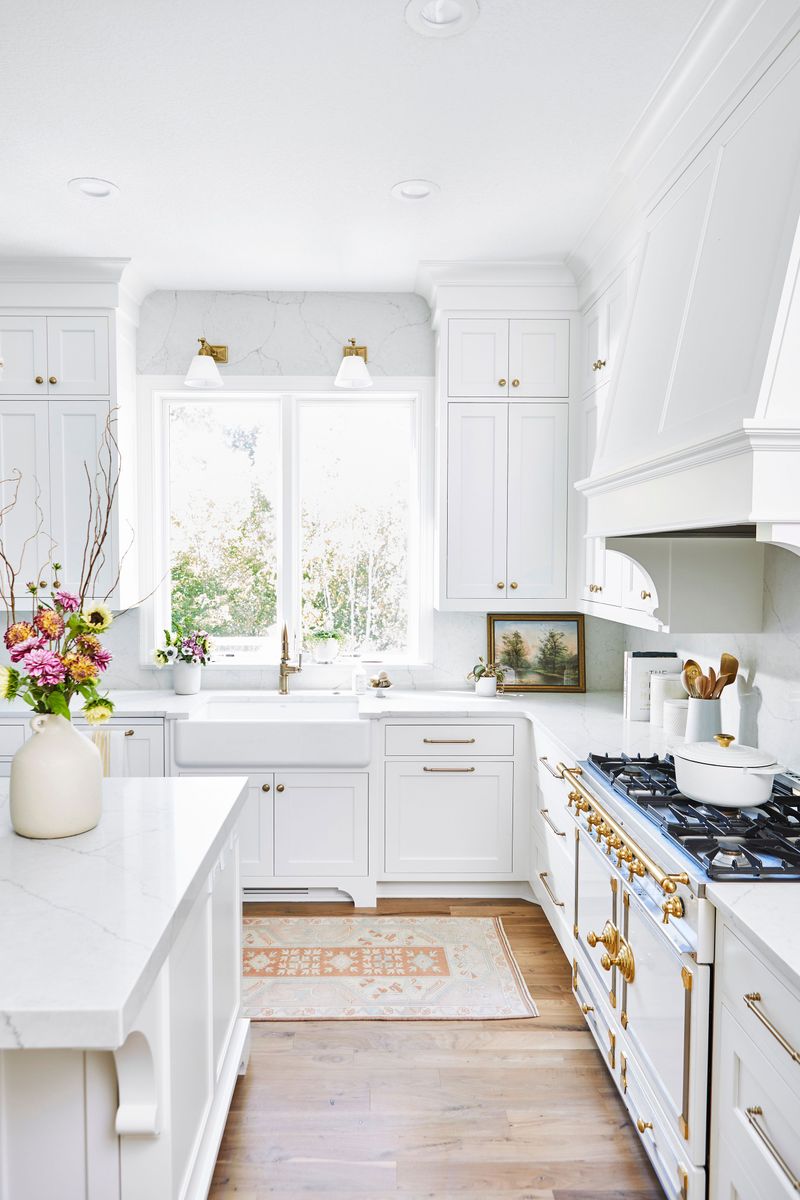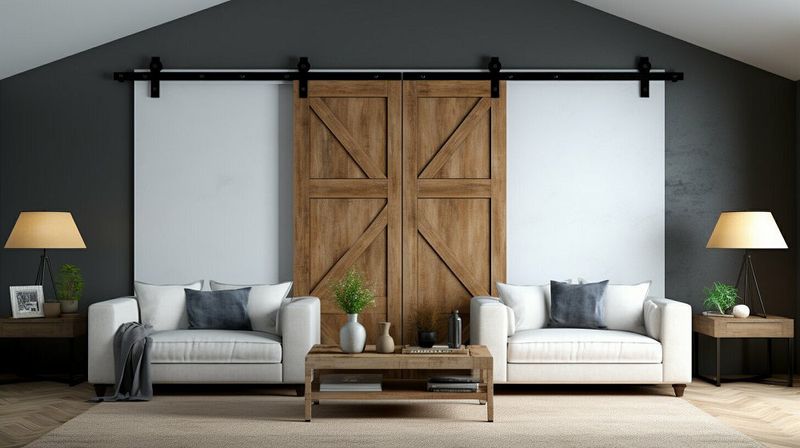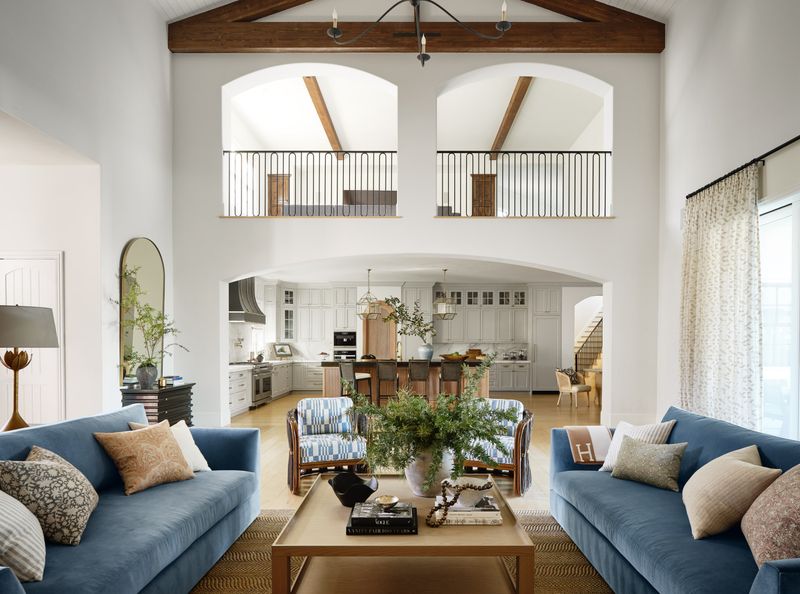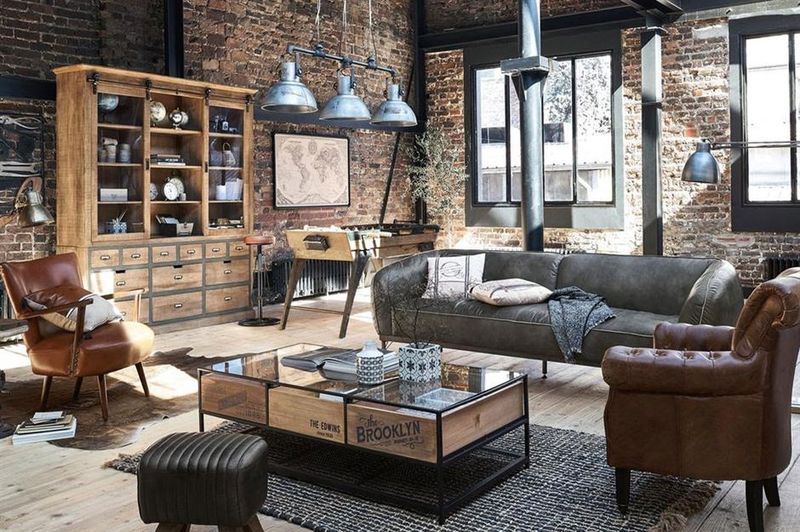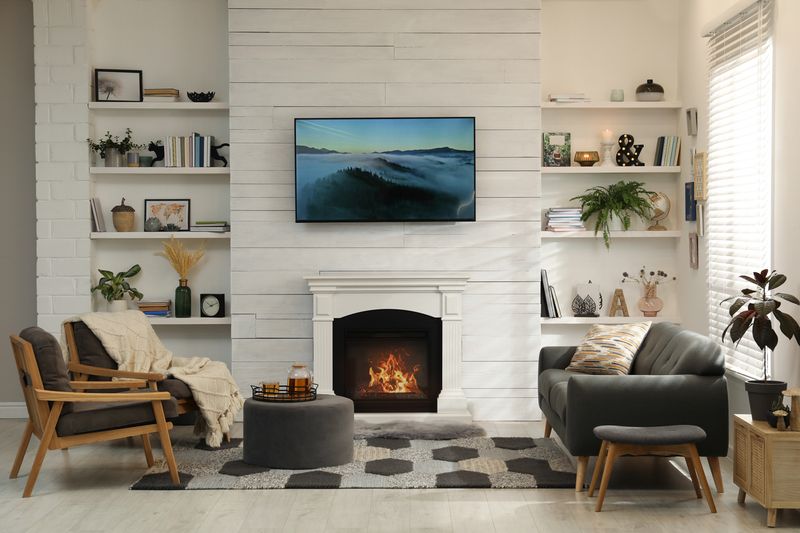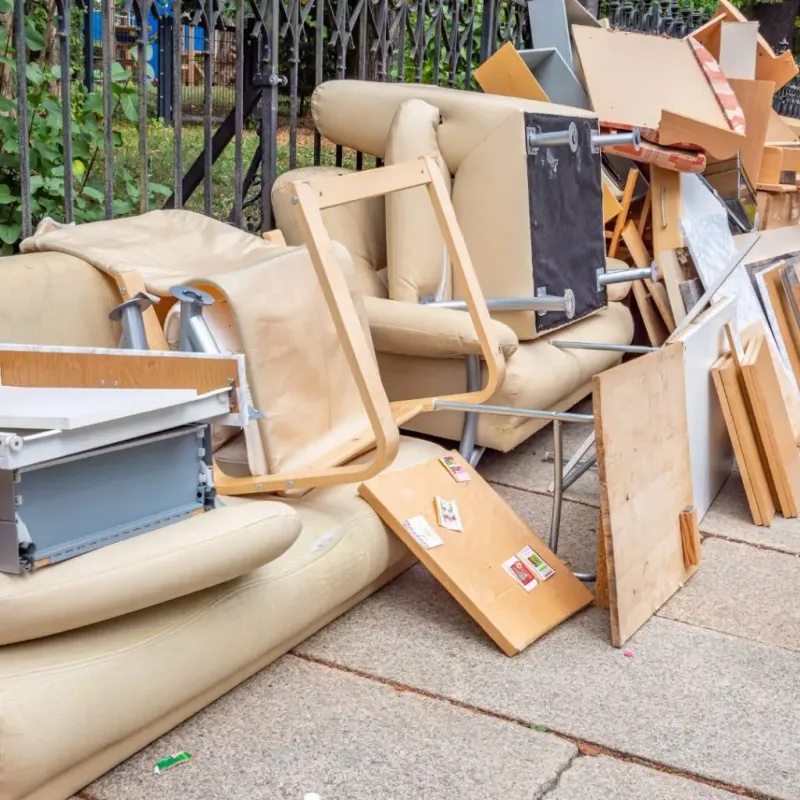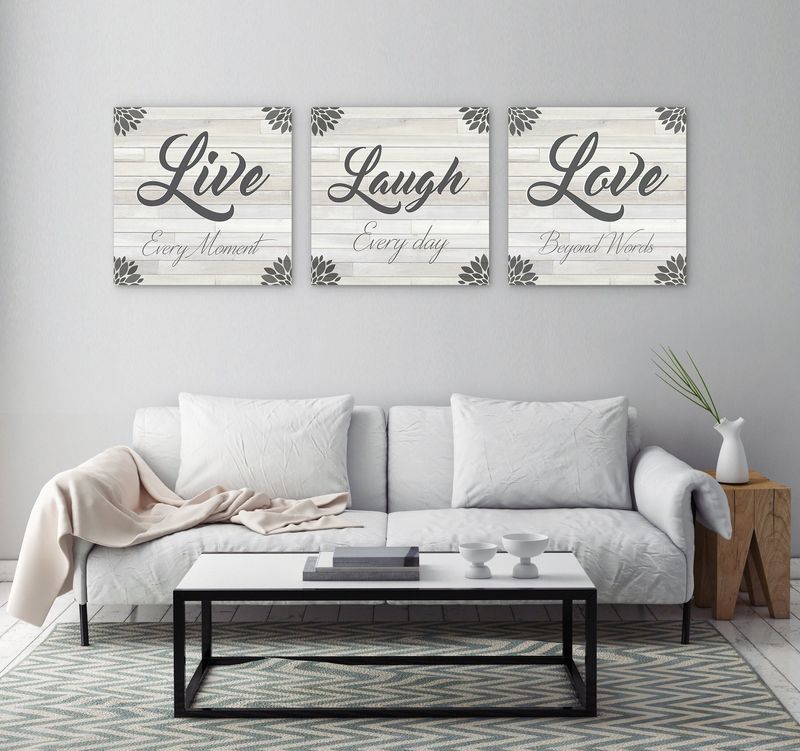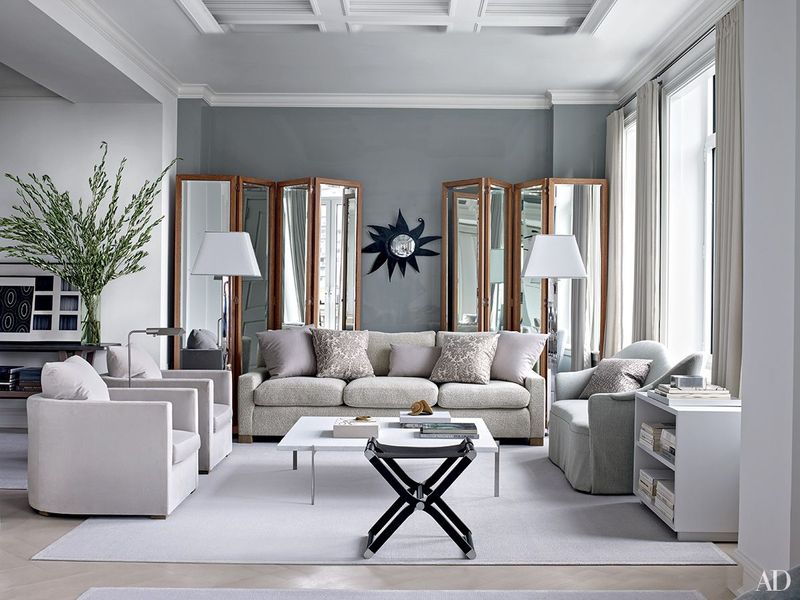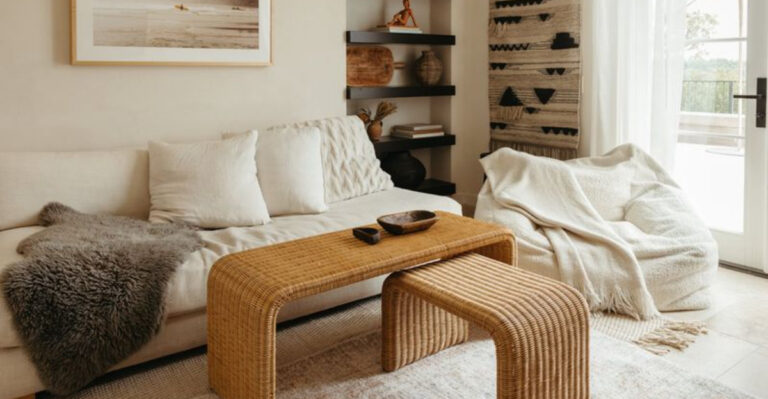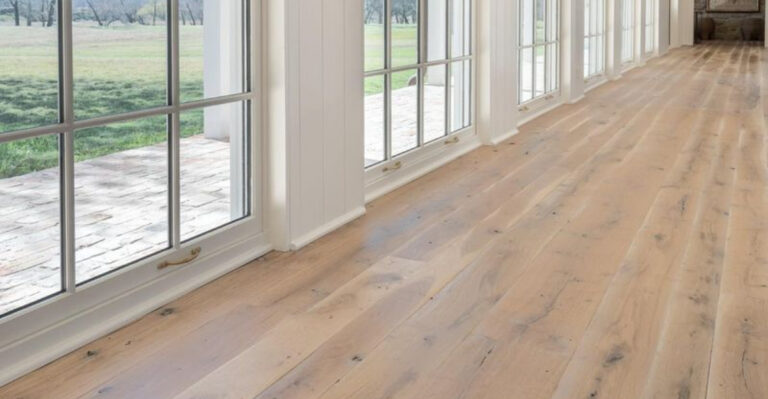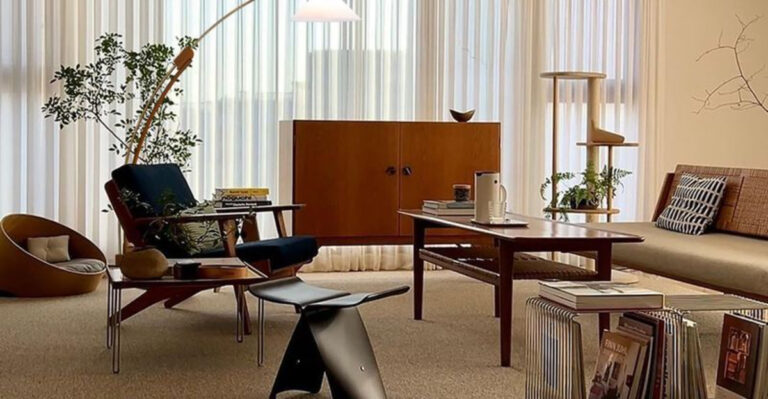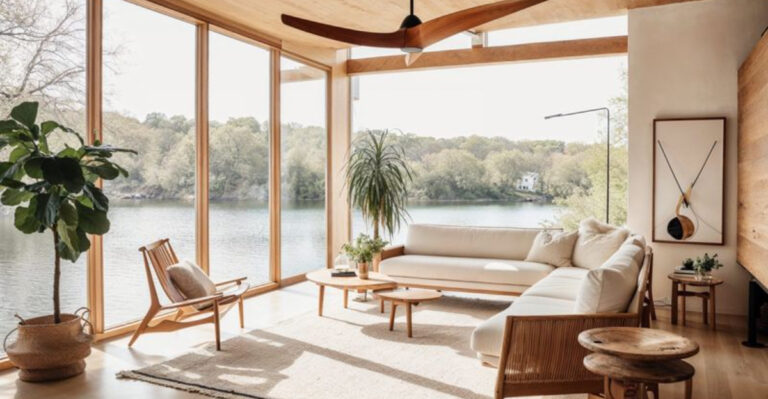10 Interior Design Trends We Won’t Be Taking With Us To The End Of 2025 (Plus 5 That Should’ve Left A Long Time Ago)
Trends come and go, but some really overstay their welcome.
As 2025 winds down, it’s clear that a few popular interior design choices just aren’t cutting it anymore. We’ve been seeing the same tired looks pop up over and over again – and it’s time we finally let them go.
From colors that no longer spark joy to furniture styles that feel more awkward than edgy, this list is your permission slip to move on. Here are 10 design trends we’re happily leaving behind this year – plus 5 more that honestly should’ve been shown the door ages ago.
1. All-White Kitchens
The clinical look is finally fading away! Those pristine white cabinets, countertops, and backsplashes that dominated kitchen designs for years are losing their appeal.
Homeowners are now embracing warmth through wood tones, colorful cabinetry, and mixed materials that add character. The maintenance headache of keeping everything spotless has convinced many that this Instagram-worthy look isn’t worth the constant cleaning.
2. Barn Doors on Everything
Farmhouse fever is breaking, and those sliding barn doors that appeared in every room of the house are rolling away. Once considered the perfect space-saving solution, they’re now viewed as dust collectors that don’t actually provide much privacy or sound insulation.
Pocket doors and stylish French doors are reclaiming their rightful place as sophisticated alternatives. The rustic charm has worn thin as homeowners seek more refined, timeless door solutions.
3. Open Floor Plans
After years of knocking down walls, people are craving definition again! The pandemic taught us that completely open concept homes don’t provide the privacy or separation needed for multiple activities happening simultaneously.
Flexible room dividers, archways, and thoughtful furniture placement are creating “broken plan” layouts. These smartly designed spaces maintain flow while providing visual breaks and acoustic barriers.
4. Industrial Overload
Unless you actually live in a converted warehouse, the excessive use of exposed pipes, Edison bulbs, and metal furniture is looking increasingly contrived. What once felt edgy and urban now comes across as trying too hard.
Softer industrial touches mixed with natural elements create more livable spaces. The harsh, cold aesthetic is giving way to warmer interpretations that incorporate wood, textiles, and plants. Factory chic is evolving into something more nuanced and comfortable than its stripped-back predecessor.
5. Oversized Furniture
Those massive sectionals and king-sized bedroom sets that barely fit through the door are finally being downsized! Proportion-appropriate furniture is making a comeback as people recognize that bigger isn’t always better.
Properly scaled pieces create more functional, comfortable spaces. The trend toward smaller, urban living has accelerated this shift, with multifunctional furniture taking priority over statement-making behemoths. Rooms can finally breathe again without being dominated by a single oversized piece.
6. Matching Furniture Sets
Walking into a room where everything perfectly matches screams “showroom floor” rather than thoughtfully designed space. Those bedroom and living room sets that come as a package deal are losing favor fast.
Curated, collected-over-time aesthetics are taking center stage. Mixing complementary pieces from different eras, styles, and materials creates depth and visual interest that matching sets simply can’t achieve. The evolution reflects our desire for homes that tell personal stories rather than catalog narratives.
7. Rose Gold Everything
Once the darling of Instagram influencers, rose gold has saturated the market to the point of exhaustion. From kitchen faucets to picture frames, this blushing metal finish is fading into design history.
Mixed metals with more staying power are gaining traction instead. Warm brass, classic nickel, and matte black create more timeless combinations that won’t immediately date your space. The rose gold desk accessories and light fixtures that seemed so fresh in 2018 now scream “millennial design trend overload.”
8. Fake Plants
Those dusty faux fiddle leaf figs are finally getting the boot! While artificial plants seemed like a low-maintenance solution, they’ve become symbolic of cutting corners in design.
Real houseplants – including easy-care varieties – are the authentic alternative gaining momentum. The wellness benefits of living greenery, improved air quality, and the rewarding nature of plant care have convinced homeowners to embrace actual botany. Plus, realistic-looking fake plants are surprisingly expensive compared to their living counterparts!
9. Granite Countertops
The speckled stone that dominated kitchens for decades is finally being edged out. Those busy, multicolored granite patterns that were once the height of luxury now feel distinctly tied to early 2000s home design.
Quartz, marble-look surfaces, and even concrete alternatives offer cleaner aesthetics with better durability. The shift represents our changing preferences toward materials that provide both functionality and visual calm.
10. Chevron Patterns
Zigzagging its way out of our homes, the ubiquitous chevron pattern that adorned everything from rugs to wallpaper is finally losing its grip. What started as a fresh geometric alternative quickly became overexposed and visually exhausting.
Organic patterns and subtle textures are emerging as more sustainable design choices. Irregular stripes, abstract shapes, and nature-inspired motifs offer more visual longevity and depth. The sharp angles of chevron now feel distinctly tied to the 2010s design era.
1. TV Above Fireplace
Your neck will thank you for this design shift! The once-standard practice of mounting televisions above fireplaces is finally being recognized as ergonomically disastrous and aesthetically questionable.
More thoughtful media setups are taking precedence. Designers are creating dedicated viewing areas at proper eye level or incorporating clever solutions like lift cabinets and projector screens.
2. Fast Furniture
Just like fast fashion, disposable furniture is getting the boot. Those flimsy particle board bookcases and wobbly coffee tables from big box stores no longer cut it in environmentally conscious homes.
Quality is making a comeback! Consumers are increasingly investing in well-made pieces that last generations rather than ending up in landfills after a few years. Vintage hunting and upcycling have become preferred alternatives to cheap, mass-produced items.
3. Word Art and Inspirational Quotes
If your walls could talk, they’d beg you to take down those “Live, Laugh, Love” signs! The era of motivational phrases plastered across every surface is mercifully coming to an end.
Authentic artwork with personal meaning is taking center stage instead. Homeowners are discovering that actual paintings, prints, and photographs create more depth and character than mass-produced platitudes. Gallery walls featuring family photos and original art tell a much more compelling story.
4. Minimalist Extremism
Marie Kondo may have sparked joy, but extreme minimalism is losing its appeal. Those sparse, clinical spaces with barely any possessions visible started feeling more like showrooms than actual homes where people live.
Thoughtful maximalism and “cluttercore” are bringing personality back! Curated collections, meaningful objects, and layers of texture create spaces that feel genuinely inhabited. The pendulum is swinging toward interiors that celebrate the beauty of carefully selected belongings rather than hiding everything away.
5. Gray Everything
Gray had quite the reign as the go-to neutral, but its dominance is finally waning. Those all-gray interiors that promised timeless sophistication have ironically become one of the most dateable looks of the 2010s.
Warm neutrals and actual colors are making a triumphant return! Beiges, taupes, and soft whites mixed with earthy tones create spaces that feel inviting rather than cold and institutional. The gray-on-gray-on-gray approach now feels as outdated as avocado appliances once did.

